

With nearly 3 billion daily users to its name, Facebook is buzzing with activity—particularly if several hundred of those people happen to be friends with you. Between wedding photos of friends-of-friends-of-friends, angry articles from your political uncle, and all-caps updates from the girl you haven’t seen since middle school, your News Feed can get cluttered with information you couldn’t care less about. Don’t settle for reading every other post—here’s how to clean up your feed so it will only show the people and news you actually care about.
1. Unfollow your friends
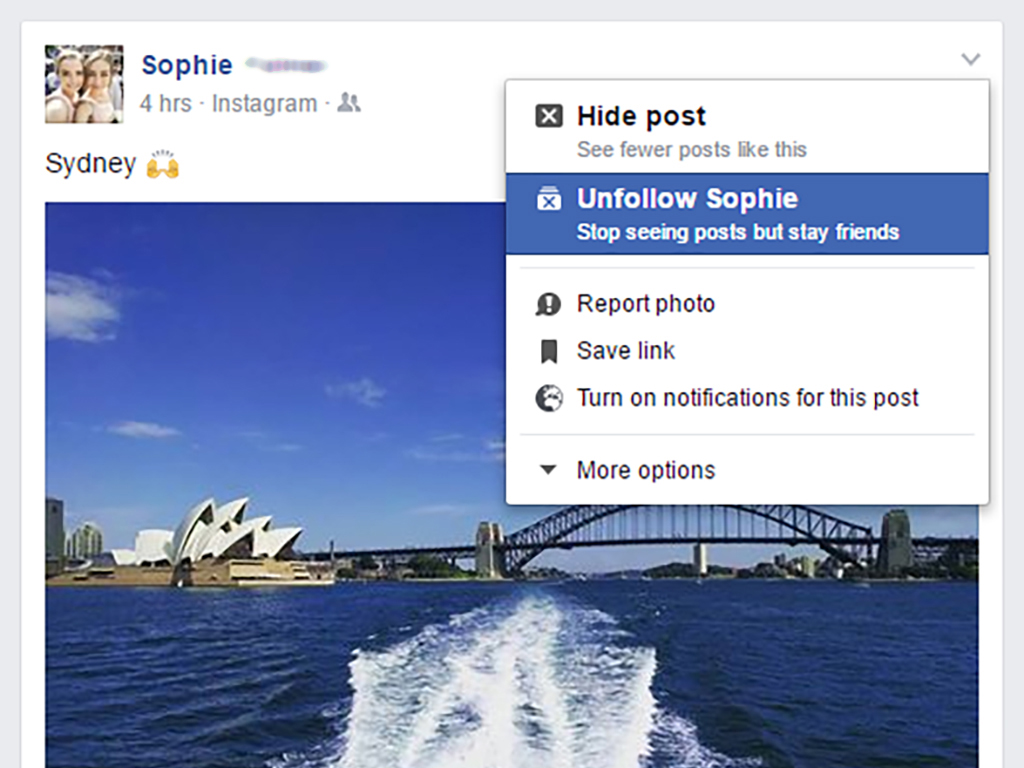
Facebook includes more options than you might think for cleaning up your News Feed, including the ability to unfollow your friends. This isn’t the same as unfriending someone; you’ll stay friends with them but their posts won’t appear in your feed. It’s perfect if you want to occasionally check up on or message people, but aren’t interested in the minutiae of their daily lives. And don’t worry—they won’t know you’ve unfollowed them.
[Related: How to make your Facebook account more private]
Click on the three dots next to any post in your News Feed and choose the Unfollow option to unfollow your friend. Alternatively, go to your friend’s profile page on the web, click the Friends button at the top, and select Unfollow from the drop-down menu. If you’re viewing a profile on the mobile app, tap the Friends button and choose Take a Break.
2. See fewer posts from someone
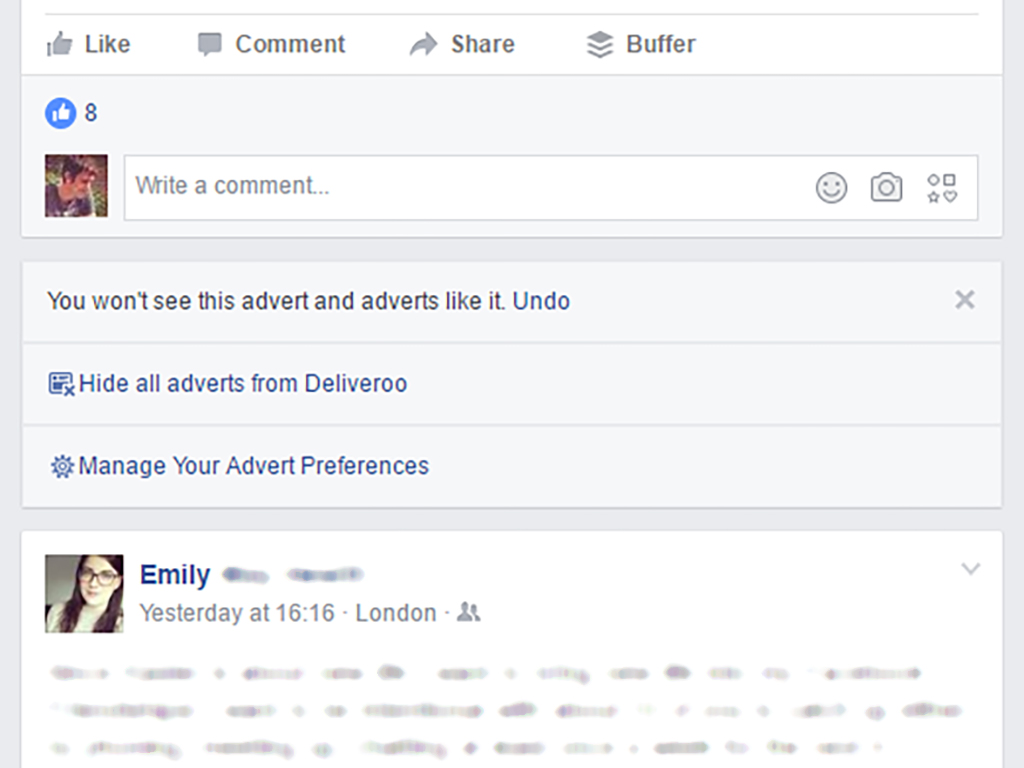
Let’s say you don’t want to see as many posts from someone, but you’d still like to get the occasional update. Instead of unfollowing that friend, you can opt to see fewer posts from them. You’ll find this setting via the same drop-down menu as the unfollow option: in the top right of any post in the News Feed. Click Hide post, and you won’t see as many posts from that person in the future. If you hide a post from an ad or a Page, you won’t hear about it again.
When you hide a sponsored post, rather than something from one of your friends, Facebook asks for some feedback about why you took the action you did. It uses your response to decide which ads to serve you in the future. If you decide to tell Facebook why, you’ll see another menu with other privacy-related steps you can take. Click the Make changes to your ad preferences option to take more control over the ads Facebook shows you (see below for more on this).
3. Prioritize your close friends
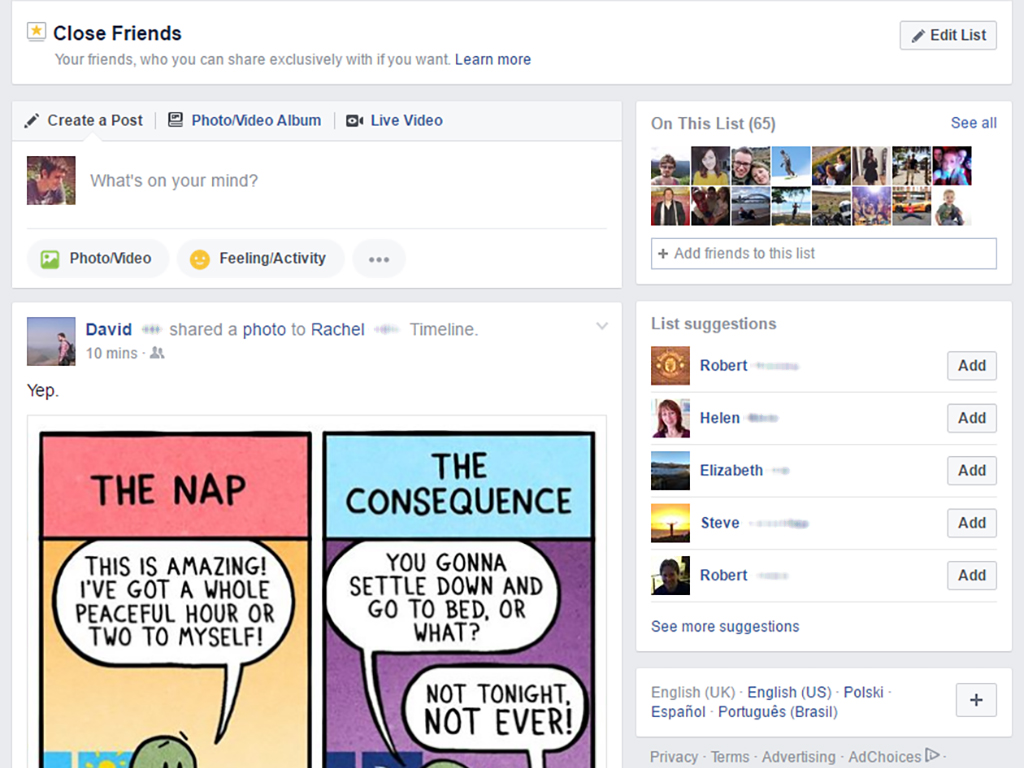
In any group of acquaintances, there will be some people you care about more than others. To help you focus on your nearest and dearest, Facebook creates a custom friends list for you called Close Friends. Updates from anyone in this select group will always prompt a notification (if you’ve got them enabled) and put the post high up in your News Feed. Fortunately for your friends’ self-esteem, they won’t know whether or not they’re on your Close Friends list.
[Related: You don’t have to delete Facebook, but you could definitely be using it better]
To set up your list, you’ll need to open Facebook in a web browser and look at the scrollable menu on the left side of the screen—these options aren’t available in the mobile app. Click Friends and find the Custom Lists option. Click that, then the Close Friends link. You can add or remove friends via the Manage button in the top right. While you’re there, you might notice that Facebook has suggested other lists for you, such as Acquaintances. More on that feature below.
4. Set up your own friend lists
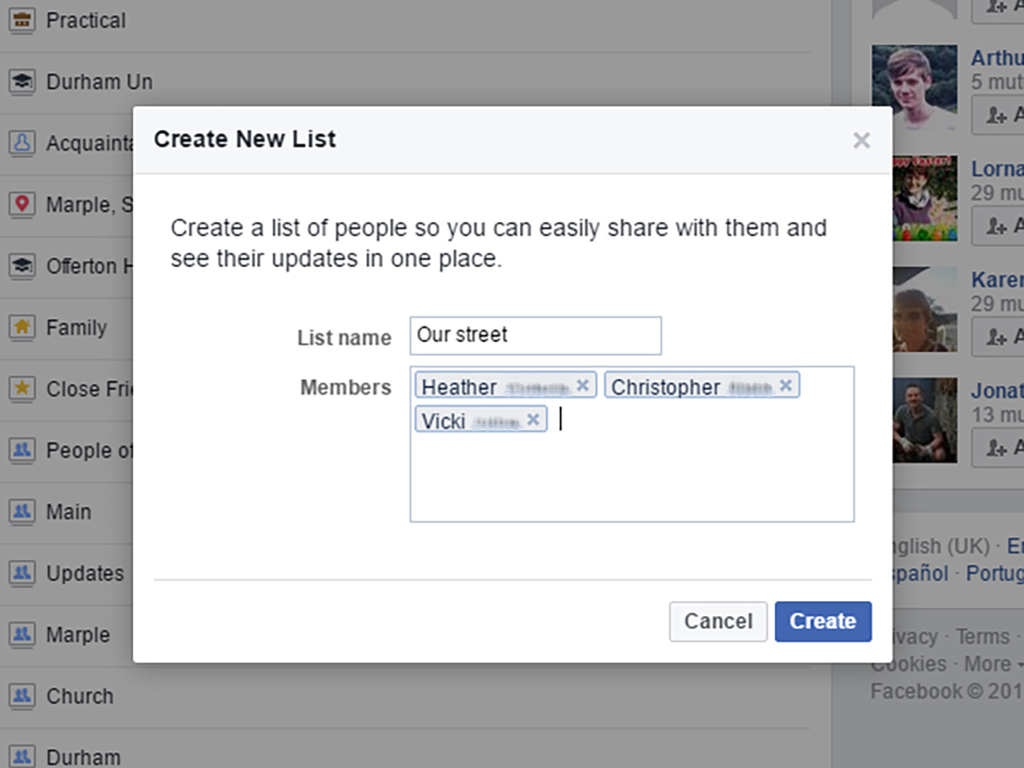
You don’t have to settle for the friend lists Facebook makes for you. From the Custom Lists screen, click Create List, and you can make a group based on the buddies you play cards with, the relatives you’re closest to, or any other mix of people you like.
The lists you make for yourself won’t affect how often you see your friends in your News Feed, but you can bookmark each list for quick access. Facebook used to offer the ability to see only updates from people on a given list, but that no longer appears to be the case. Now, the most you can do is click on the individual profiles of people on a list to see what they’ve posted recently.
That said, custom lists remain useful as a way to limit the audience who sees anything you post on Facebook. For example, you might want to tweak your settings so only your closest friends and relatives will see all the baby photos you’re uploading. To do so, click the audience drop-down menu under your name when you are creating a post. Scroll down to find the desired list, select the circle to its right, decide if you want this to be your default audience, and hit Done.
5. Choose who you see first

If you’d rather not get notifications each time your close friends post, you can use a different setting to choose who comes first in your News Feed. Go to Facebook in a web browser, click your profile photo in the top right, open Settings & privacy, and select Feed. The top option (Favorites) lets you set who you’ll see first in your News Feed. Just click the star icon next to any page or profile to mark them as preferred.
[Related: Make Facebook useful by turning off all its annoying features]
This works a lot like Close Friends, but you won’t get notifications about everything these people or pages do—their posts will just be prioritized in your News Feed. If you’re using the mobile app, you can tap the Menu button in the bottom right, select Feeds, and choose Favorites from the top of the screen to see only posts from these accounts. Again, your friends won’t get any alerts about how you’re sorting them, so you don’t have to worry about hurting anyone’s feelings.
6. View posts in chronological order
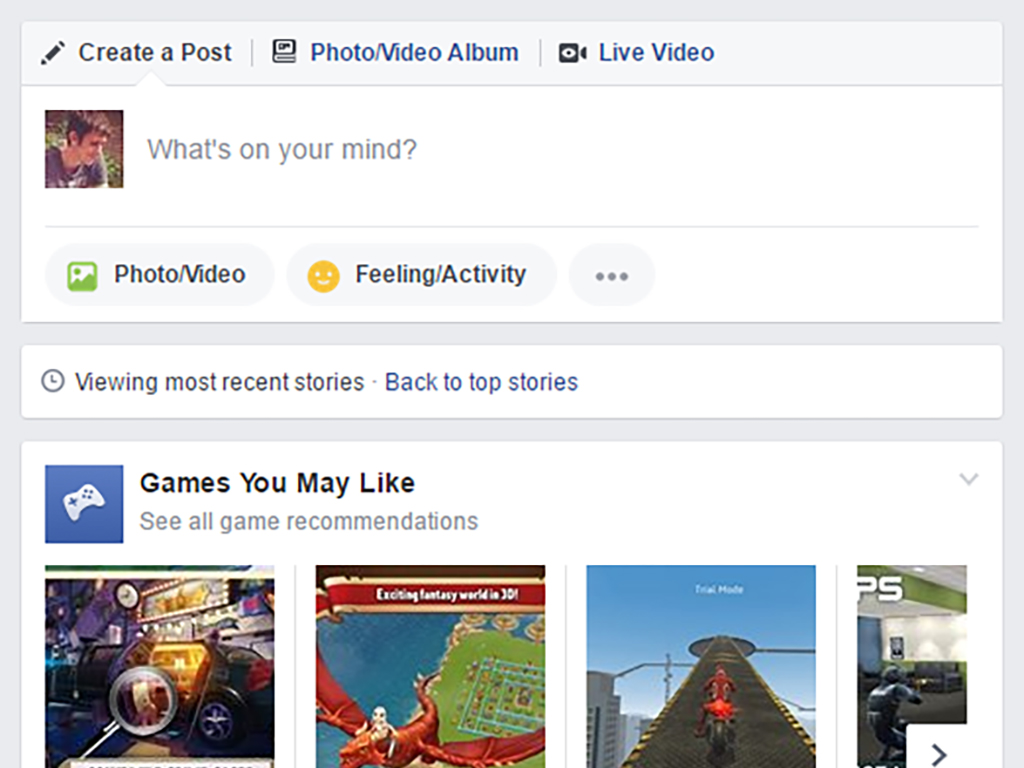
Another option for your feed is to switch to seeing posts in chronological order. On the web, go to the scrollable menu on the left-hand side of the screen and click Most Recent. This will clean up your News Feed so the newest posts are at the top.
Unlike the tips we’ve already mentioned, this actually gives you less control over what appears in your News Feed. But it’s still a useful way to switch up what’s displayed, and perhaps see updates from people you haven’t checked in on for a while. To go back to the normal view, click the Home icon (a house) at the top of the screen, or the Facebook icon in the top left.
7. Adjust your ad settings
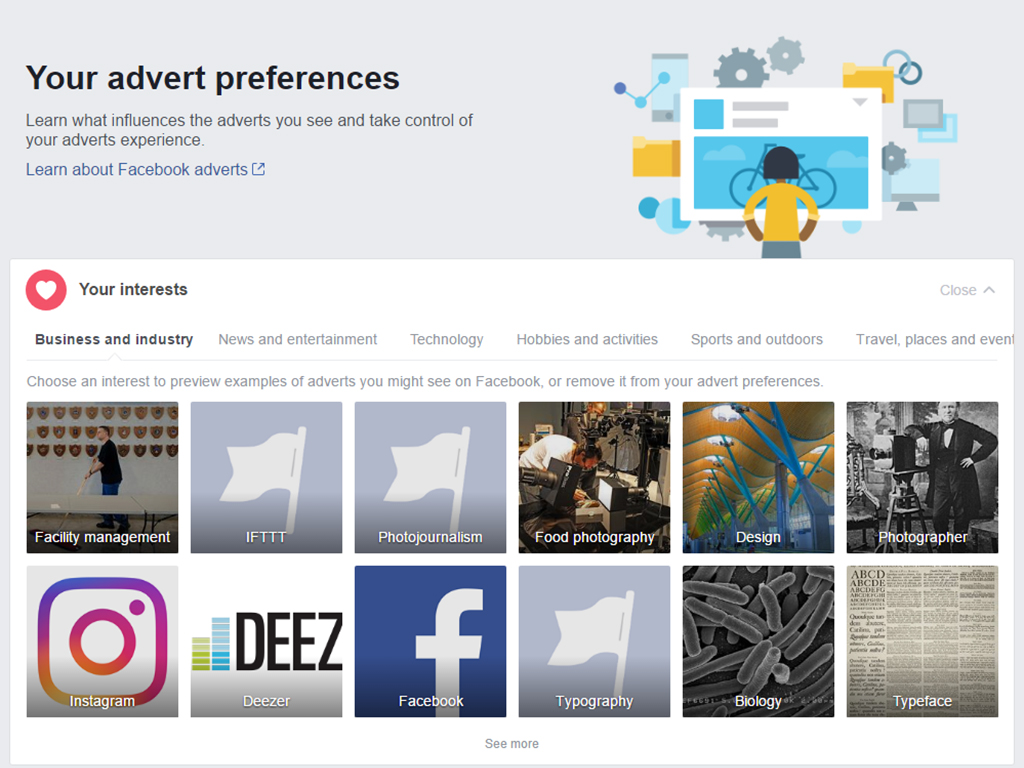
Facebook uses a lot of personal data to decide which ads to display on your News Feed. To view and edit some of this information, click your profile photo at the right end of the toolbar at the top of the Facebook site. Pick Settings & privacy from the list, then Settings, and select Ads from the menu on the left to open the Ad Preferences page. Follow the same steps in the mobile app, but tap Ad Preferences after Settings.
From here, you can edit a lot of different options. Click Ad Settings, Categories used to reach you, Other categories, and See all categories to view what information Facebook is using to serve you ads, and click the Remove button next to any one of these to eliminate it. From this same series of menus, you can prevent Facebook from showing ads based on details such as your relationship status or job title. Back on the Ad Preferences page, behind the Advertisers option and Advertisers whose ads you’ve clicked button, it’s possible to block Hide Ads from certain companies.
Facebook can also show you ads based on what you do on sites and apps beyond the social network, and it goes the other way as well: Your behavior on Facebook can affect which ads you see when you’re browsing around the rest of the internet. You can manage and learn about some of these options from the web (Ad Preferences > Ad Settings > Data about your activity from partners), but you have much more control from the mobile app.
Inside the app, tap the Menu button in the bottom right, touch Settings & privacy, then Settings. Under the Security heading, tap Off-Facebook activity. Here, you can see recent activity, learn about what all this data means, and manage what Facebook and connected sites do with your information. Tap Select Activity to Disconnect to selectively sever Facebook’s link with other sites, Clear History to delete everything up to the present, and Disconnect Future Activity to stop the social media platform from sharing data with other places on the web. It’s hard to say if any of this will matter, because only Facebook knows how well these settings work, but doing something is generally better than doing nothing.
This story has been updated. It was originally posted on April 18, 2017.